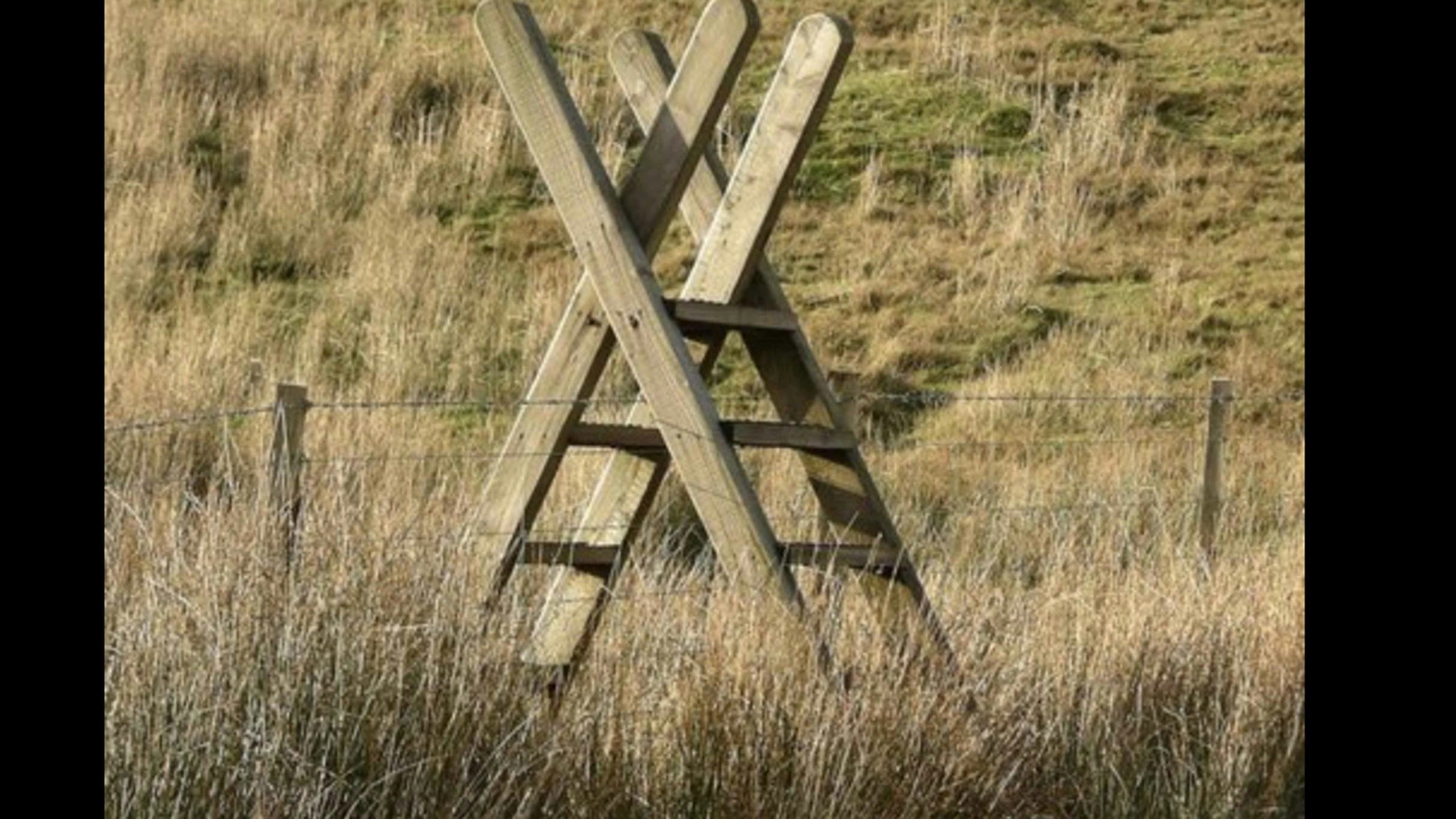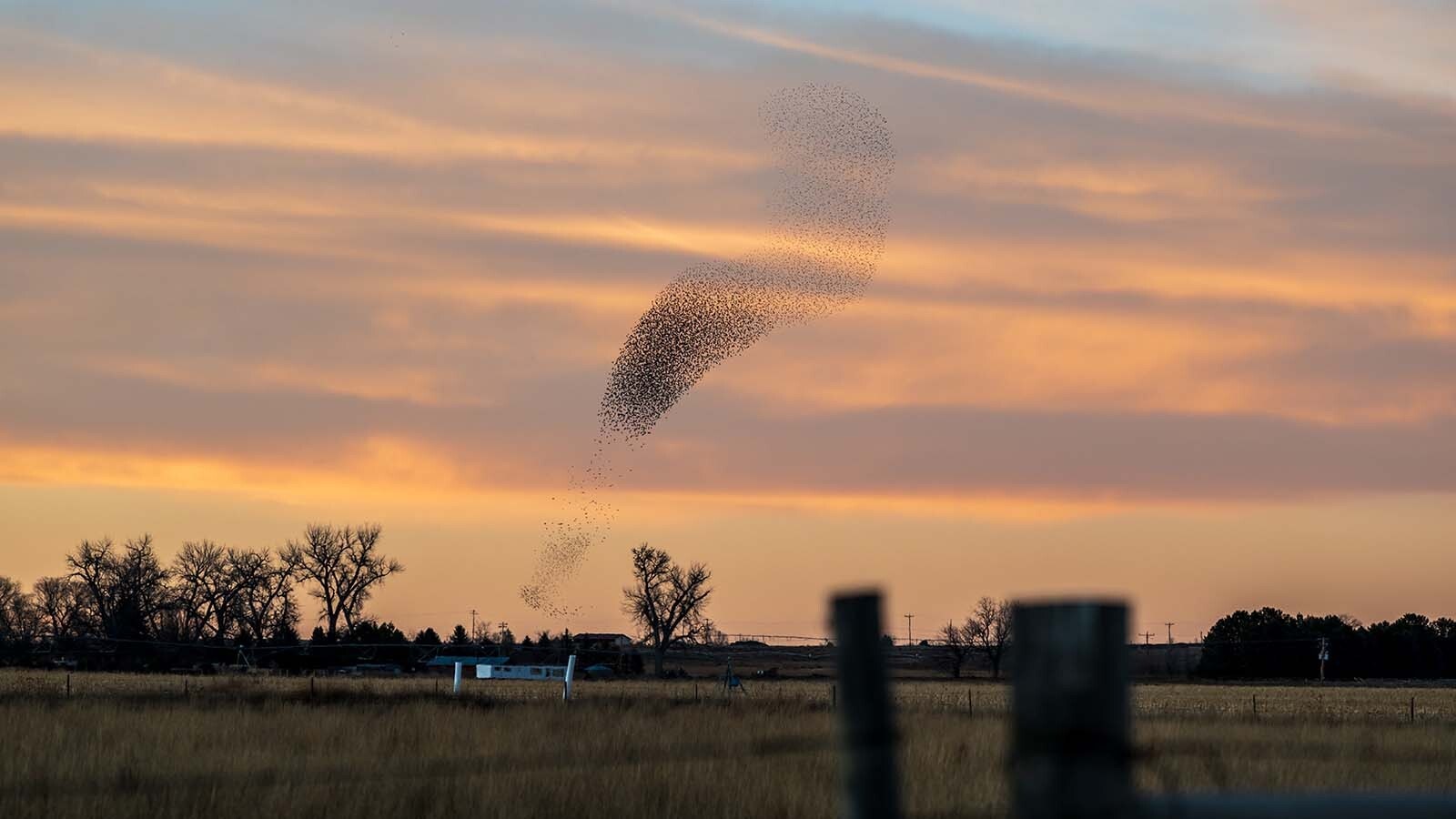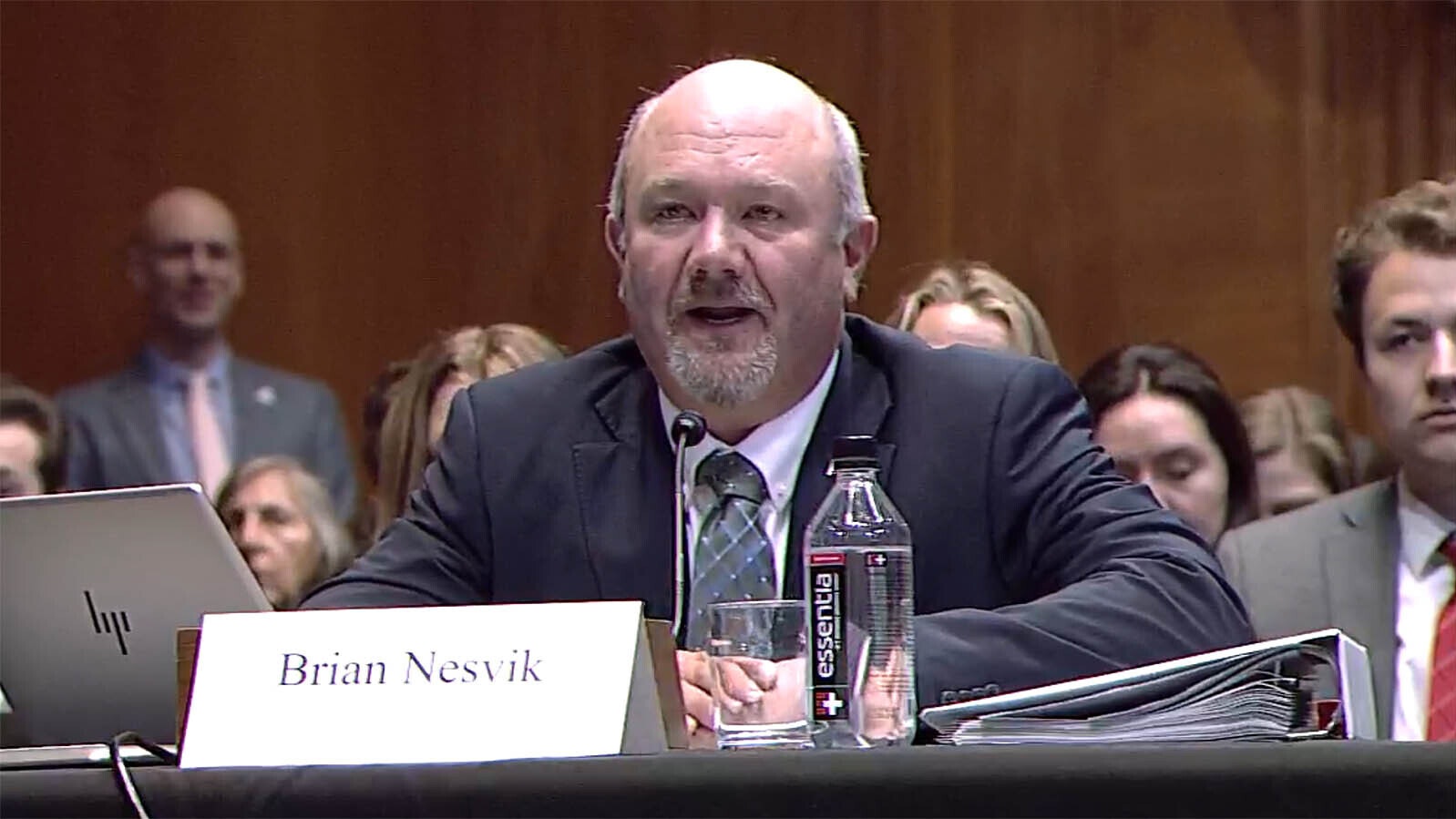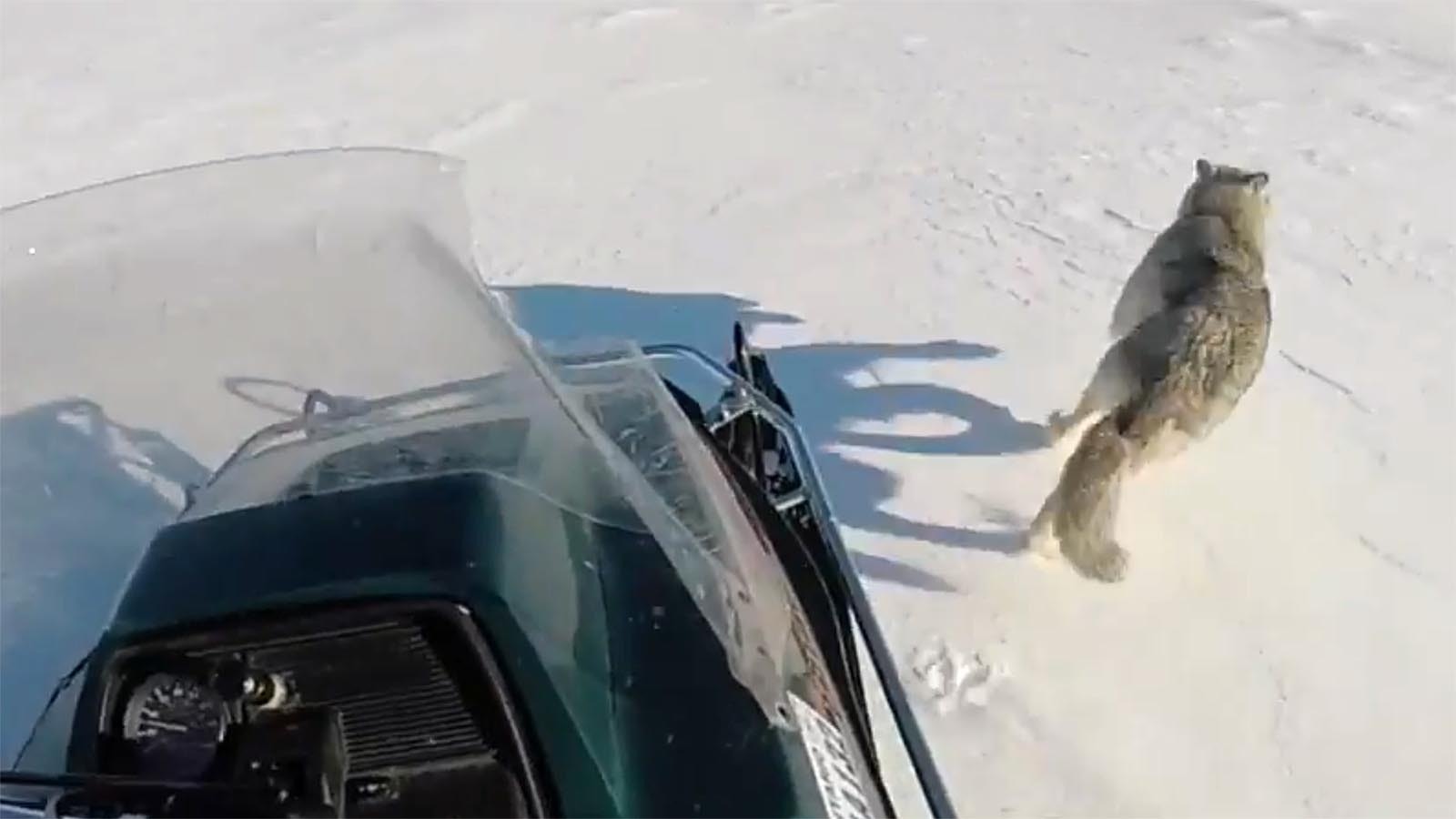Attorneys for a landowner in Wyoming’s famous “corner-crossing” dispute took their first step Wednesday toward bringing the case before the U.S. Supreme Court.
If the Supreme Court (SCOTUS) decides the case is worth hearing, the outcome would decide once and for all whether it’s legal for hunters and others to “hop corners” between checkerboarded private and public land parcels.
Attorneys for Iron Bar Holdings LLC and its owner, Fred Eshelman of North Carolina, filed their petition asking the high court to hear its case.
The first stage of SCOTUS cases is called certiorari, during which the courtdecides which cases are worthy of consideration, he said.
It could take until mid-October before SCOTUS decides whether to take the case, Wyoming attorney Ryan Semerad told Cowboy State Daily.
He represents the four Missouri hunters at the heart of the dispute with Iron Bar and Eshelman, who accused the hunters of trespassing on the Elk Mountain Ranch in September of 2021.

Filed Right On Deadline
The Iron Bar attorneys waited until Wednesday’s already-extended deadline to file their petition for a writ of certiorari with SCOTUS, after requesting that the deadline be pushed back even farther.
An application was filed by with Justice Neil Gorsuch on May 21, requesting that the deadline to file the petition asking the court to hear the case be extended from June 16 to July 16 (Wednesday). Gorsuch granted that request.
On July 3, a second application was filed asking that the deadline be extended again to Aug. 15. Gorsuch denied that request.
Case Faces Steep Odds
With the petition filed, the case still faces steep odds of actually being heard by the Supreme Court.
Cases need the approval of four of the nine justices to pass certiorari and move on to the merit stage. In the merit stage, opposing parties are given the opportunity to present their arguments to SCOTUS justices.
Cases require at least a 5-4 majority favorable ruling among the justices to win.
As many as 6,000 to 7,000 applications for certiorari are filed each year. Of those, the Supreme Court might hear 50-70, Semerad previously told Cowboy State Daily.
On Wednesday, he said that the case could have huge implications.
"The Supreme Court doesn't need to hear this case,” he said. “But if it chooses to, it should do so to announce — once and for all — that private landowners cannot prevent the public from lawfully accessing public land.
“Just as every other judge who has heard this case has decided. We are ready to defend those correctly decided lower-court decisions to protect the rights of all Americans to access their public lands.”
It All Started With ‘Ladder-Like Device’
The possibility of the case going before SCOTUS is the culmination of a yearslong legal battle.
In September 2021, Missouri residents Bradly Cape, Zachary Smith, Phillip Yoemens and John Slowensky used a ladder-like device to clamber over metal posts and a chain that Iron Bar employees had set on the pinpoint corner where ranch property and public land meet in a checkerboard pattern.
Eshelman and Iron Bar initially filed a criminal trespassing complaint against the hunters, but a Carbon County jury cleared them of those charges.
1885 Act Cited
Iron Bar Holdings and Eshelman subsequently filed a civil lawsuit against the hunters, claiming they had violated the ranch’s air space when they crossed the corner, and in doing so damaged the value of the ranch by several million dollars.
That touched off a lengthy series of hearings and appeals, with courts ruling in favor of the hunters. The latest decision in favor of the hunters came down from the 10th Circuit Court of Appeals in March.
Judges David Ebel, Timothy Tymkovich and Nancy Louise Moritz unanimously upheld a 2023 ruling from Wyoming U.S. District Judge Scott Skavdahl siding with the hunters.
Their ruling affirmed the validity of the 1885 Unlawful Inclosures Act (UIA), which outlaws obstructing settlement and transit through public lands.
“The Western checkerboard and UIA reflect a storied period of our history. Whatever the UIA’s merits today, it — and the case law interpreting it — remains good federal law,” Tymkovich wrote in the 10th Circuit Court’s decision.
“So, the district court was correct to hold that the hunters could corner-cross as long as they did not physically touch Iron Bar’s land,” he added.
Mark Heinz can be reached at mark@cowboystatedaily.com.





